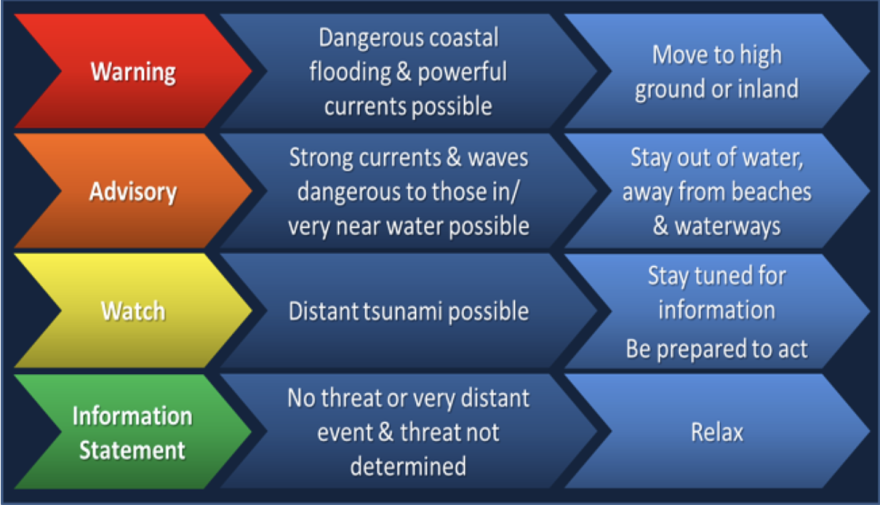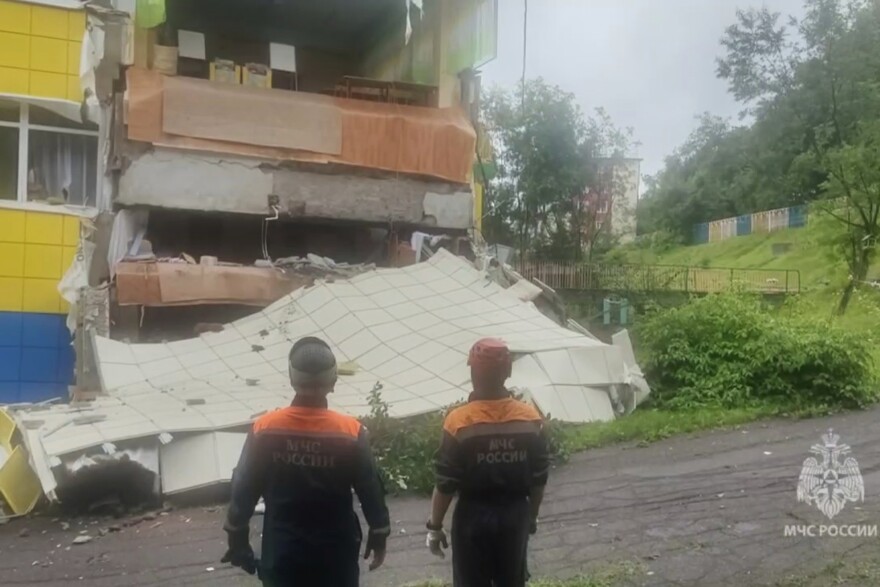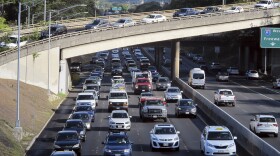UPDATED 9:49 A.M., WEDNESDAY, JULY 30, 2025
The tsunami warning issued for the state of Hawaiʻi on Tuesday has been lifted. Residents and visitors may return to evacuated areas, but county officials urge people to use caution and watch out for damage.
The National Weather Service's Pacific Tsunami Warning Center said that based on all available data, a major tsunami is not expected to strike the state. However, sea level changes and strong currents could still be hazardous to swimmers and boaters.
The first tsunami activity caused by an earthquake near Russia reached Hawaiʻi around 7:10 p.m. local time — first in Hanalei on Kauaʻi as water began receding slightly from the shoreline.
Oʻahu officials said there were "significant changes" in the ocean levels, especially on the North Shore. On Hawaiʻi Island, minor flooding was reported on streets.
Before the tsunami warning was downgraded to an advisory around 10:40 p.m., Gov. Josh Green said officials appreciated the public's cooperation during the evacuations from coastal areas.
" We haven't seen a big wave, but when that water receded in Haleʻiwa and we saw some boats kind of laying on the dry rock and sand, that gave us pause," he said at an evening press conference.

The downgraded tsunami advisory that was in effect overnight ended for the entire state at 8:58 a.m. Wednesday.
The Pacific Tsunami Warning Center issued the warning just before 2:45 p.m. after a magnitude 8.8 earthquake struck off the coast of Russia around 1:30 p.m. Hawaiʻi time.
The center initially said tsunami waves reaching roughly 3 to 10 feet above the tide level were possible along some coasts of Hawaiʻi. Tsunami sirens sounded multiple times Tuesday.
"This is not just like a wave comes off the shore, a 3-foot wave, smacks down on the beach. This is a longitudinal wave with great force, driving through the shoreline and into land," Green said earlier.
More information and resources:
- Kauaʻi County
- City and County of Honolulu
- Maui County
- Hawaiʻi County
- tsunami.gov
- Find out if you live in an evacuation zone | Static maps
As of Tuesday evening, Hilo Airport on Hawaiʻi Island was closed. Department of Transportation officials said procedures to reopen the runway for Wednesday flights had begun.
Kahului Airport on Maui also canceled flights, and Honolulu International Airport suspended outgoing flights on Tuesday evening.
The U.S. Coast Guard closed all ships and harbors.
Residents reported long traffic jams across the islands as people moved to higher ground Tuesday. The military opened Kolekole Pass, a mountain pass, as an evacuation route out of Waiʻanae on Oʻahu, and then closed it once the day turned to night.

The earthquake, one of the strongest ever recorded, also sent tsunami waves into Japan and across the Pacific.
Ports on the Kamchatka Peninsula in Russia near the quake’s epicenter flooded as residents fled inland, and frothy, white waves washed up to the shore in northern Japan.
People went to evacuation centers in affected areas of Japan, with memories fresh of the 2011 earthquake and tsunami that caused reactor meltdowns at a nuclear power plant. No abnormalities in operations at Japan's nuclear plants have been reported.
Russian authorities said several people were injured, without giving a figure. In Japan, at least one person was injured.

A tsunami height of 10 to 13 feet was recorded in Kamchatka, 2 feet on Japan's northern island of Hokkaido, and up to 1.4 feet above tide levels were observed in Alaska's Aleutian Islands.
Elsewhere in the Pacific, Philippine authorities advised people to stay away from the beach and coastal areas. New Zealand authorities warned of “strong and unusual currents and unpredictable surges” along all coastlines.
The Associated Press contributed to this report.





